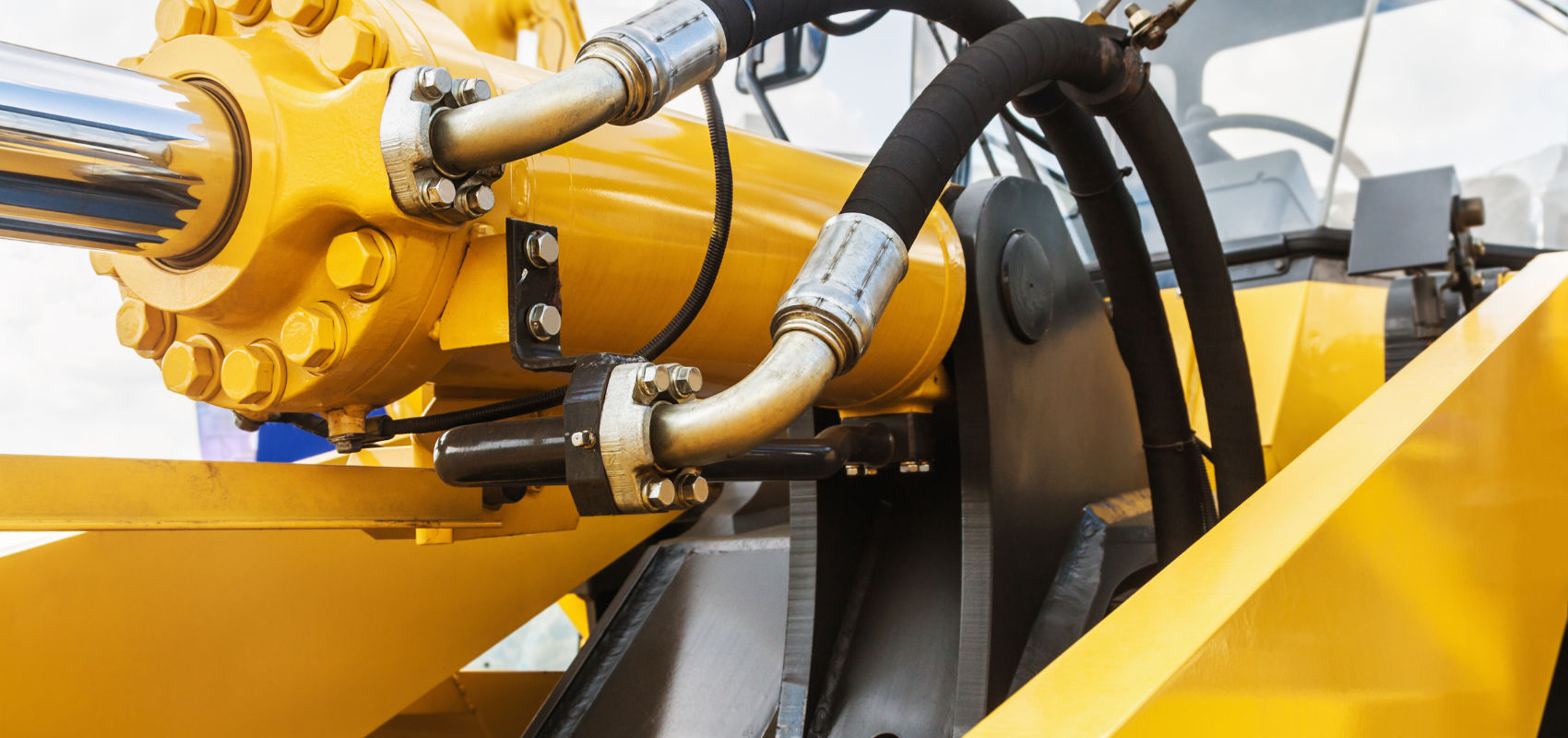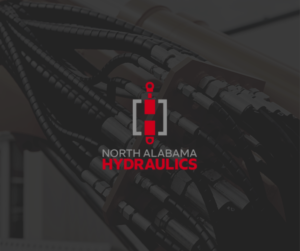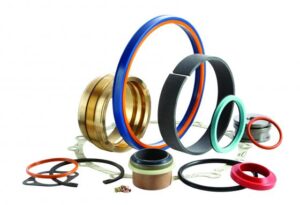Getting to Know Hydraulic Hoses
In many hydraulics systems, inflexible or rigid pipes or tubes are used to transfer energy-generating liquid between different components to form a complete hydraulic circuit. Pipes and tubes can be rigid in order to bridge small amounts of space in a controlled manner.
For instance, in a hydraulic circuit contained within a small casing, there is no extra room for piping, so the connections must be rigid and contained within the casing. Some hydraulic circuits have much more liberal space accommodations or even require connection flexibility to facilitate faster replacement or range of motion operations. For example, many construction machines have external, flexible hydraulic hose connections so the tools are free to move.
A number of standards exist for hydraulic hose production and use. Standards govern industry connection specifications and hose material, as well as guide installation operations.
Basic Hydraulic Hose Construction
The basic hydraulic hose construction involves three layers. These layers help maintain a consistent and reliable flow of liquid while protecting the overall assembly from breaking down as a result of wear or abrasion.
- Inner tube: The inner tube is designed to be compatible with the liquid it carries, allowing both free-flowing elasticity and pressure-resistant stress bearing. This tube is often made from PDFE (PTFE), thermoplastic, or synthetic rubbers.
- Reinforcement layer: This layer surrounds the inner tube and is composed of a coiled or braided wire. This set up supports the tubing while protecting against tears.
- Outer layer: This layer is made of rigid materials and is designed to protect the inside of the hose.
Types of Hydraulic Hose Construction
Due to the variety of hydraulic hose applications and the range of chemicals and pressures they will be subjected to, there are likewise a number of hydraulic hose constructions.
- Reinforced: This type of hosing resembles the basic three-layer construction, but with extra buffers in the reinforcement layer, most often in the form of textile braid, wire braid, or wire helix material around the inner tube.
- Coiled: Coiled hoses are semi-rigid hoses designed for expansion and easy storing. Because the hose is coiled, it can stretch in such a way that does not put unnecessary pressure on the hose materials.
- Corrugated: Another method of increasing expansion and flexibility in a hose is to introduce corrugation. Corrugation manifests as small threads or folds in the material of the hose, somewhat like an accordion, that allow the hose to expand and compress without damaging the housing.
- Articulated: Articulated hoses are hoses built in sections, with rigid shafts connected by flexible joints. The articulation allows hoses to turn corners or swivel around other components.
- Multi-element: Hoses that involve multiple elements listed above are termed “multi-element hoses.”
Hydraulic Hose Compatibility: Liquids
There are three main kinds of liquid that will pass through a hydraulic hose. These include:
- Petroleum oil
- Synthetic oil
- Liquid with a high-water content
Most hydraulic hoses are capable of transporting petroleum oil and liquids with high-water contents, but synthetic oils require dedicated hose materials. Compatibility ratings are generally available from the manufacturer or from resource literature.
Hydraulic Hose Compatibility: Temperature
Hydraulic hoses are exposed to two temperature concerns: internal liquid temperature and external working temperature. As a result, hoses are rated for performance in terms of both temperatures, with a maximum and minimum functioning temperature rating. Exceeding these ratings can result in severely reduced working life or even failure, so it is pertinent to use a hose that is properly rated to both the liquid temperature and the environment temperature.
Hydraulic Hose Compatibility: Pressure
Hydraulic hoses are designed to withstand both an external and an internal pressure minimum and maximum. Exceeding either of these ratings can severely curtail hose performance. Pressure ratings or recommendations for a specific type of hose are generally available from the manufacturer.
Application Types
With the above considerations about hose performance, it is also important to understand other application necessities for hydraulic hoses. Because pipes and tubes are generally more rigid, they can handle higher temperature or internal pressure in a given application. However, this increased rigidity makes them much more difficult to use in a moving operation. For instance, a construction digger requires a hydraulic system to operate a digging tool, but the freedom of movement needed to operate the tool can place limitations on hydraulic connections. A hydraulic pipe can allow torque, flexibility and elasticity in tool arm movement that is unavailable with tubes or pipes.
Additionally, some hydraulic systems can benefit from combinations of pipes, tubes and hoses. Large vehicles like airplanes require hydraulics systems to operate wing movements and landing gear, but the complexity of vehicle geometry necessitates variation in the hydraulics system.
A general rule used for hydraulic hose installation is to match the hosing to the machine contour. This means that a hose should follow machine geometry as much as possible. If a hose is hanging off of a tool, it can snag or puncture because of the tool’s wider movement radius. By matching the hose to the tool or machinery, an operator does not have to consider extra obstacles when using the equipment.
Choosing a Hydraulic Hose
Hydraulic hose users have a number of temperature, size and pressure factors to consider when choosing a hose for an application. There is a helpful acronym to track all of these considerations: STAMPED.
- Size: The important sizes for a hose are inside diameter (ID), outside diameter (OD), and length.
- Temperature: Most hose materials have a working temperature range.
- Application: Many hydraulic hose applications involve bending, and thus hoses are rated for minimum radius bend. This rating refers to how much the hose can bend, contracting the flow space within the hose.
- Material: Compatibility charts are available for hydraulic hoses, usually from the manufacturer or in third-party reference guides.
- Pressure: Hoses are rated for maximum system pressure. It is important that hose application intentions include pressure spikes.
- Ends: “Ends” refer to the ends of a hose designed for connection, otherwise known as “couplings.” Permanent couplings are designed for attachment to a predetermined connection. Field-attachable couplings require a user to use crimpers to seal the coupling to a connection.
- Duplication (or Delivery): This guideline refers to long-term thinking about how easily a hose is replaced. A very specific or proprietary hose may be more difficult to replace than a widely available generic version. Some hoses wear out quickly due to the nature of their application, and replacement should be considered before settling on a hose type.
Contact Us
If you or your business are in need of hydraulic hose replacement or repair, contact North Alabama Hydraulics. We are locally owned and operated and located on Winchester Road in Huntsville, AL.



